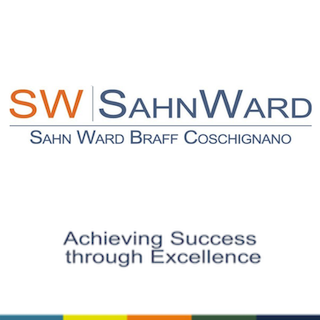Local Law 88 compliance: January 1, 2025 deadline – Do it now or wait out the clock? - by George Crawford
With multifamily buildings in New York City now required by Local Law 88 (LL 88) to upgrade common area lighting, owners and managers of multifamily properties will need to develop a strategy for compliance. Because the deadline is some years away – January 1, 2025 – the threshold question is: Do it now or wait out the clock ?
LL 88 compliance will involve a complete LED retro-fit of all of the existing lighting located in the “common areas” of multifamily buildings, including hallways, fire stairs, lobby areas, storerooms, boiler/mechanical rooms, laundries, etc. Residential units are not required to comply with LL 88 provisions.
Because there are benefits for buildings that opt for early compliance -– the “do it now” approach, the focus of this article is to look at both options – compliance now or later and some of the pros and cons of each. In terms of “later,” because there will be the inevitable last minute compliance crush, the “later” compliance approach should be “wait and see” – but not for too long.
Also in the mix are a number of multifamily buildings that are already in compliance with LL 88, because of earlier voluntary LED retro-fit upgrades to their common area lighting. “Voluntary” meaning before there were any regularity requirements to retro-fit to LED. A quick look at some of the motivations behind these “voluntary” LED retro-fits may be helpful in terms of just when to push the “go” button.
Two of the motivations or driving factors behind the early or “voluntary” LED retro-fits include expense reduction (combined with the currently available rebates) and improved building operations. There is also a third factor – addressing deficiencies in lighting and egress code compliance.
In terms of expense reduction, LED lighting products consume only a fraction of the energy as compared to traditional lighting products. Replacing traditional incandescent and fluorescent lighting with LED will result in significant energy savings - an 80% reduction for incandescents and a 50% reduction for fluorescents, including CFLs. On average, a multifamily building LED retro-fit will pay for itself in about two years with the reduction in electric charges. Retro-fits that qualify for rebates will usually have faster paybacks - in the one to two-year range.
Improved building operations are harder to quantify, but are an important consideration for many buildings. It is little appreciated, except for those performing the task, how much staff time is involved in lamp replacements. With the 2,000 hour life of traditional incandescents and the 10,000 hour life of fluorescents, the average sized multifamily building with 350 lamps (including fire stair lighting) will have approximately fifteen lamp changes per week - in addition to the time (and expense) of purchasing and storing the replacement lamps. With the long life of LED lighting products - five to ten years on average – lamp changes will be left in the rear view mirror.
With regard to lighting and egress code issues, many building with older installations have code issues with battery back-up lighting or egress lighting levels. Combining the needed upgrades to meet code requirements with a LED retro-fit offers the advantage of having the savings from the LED retro-fit cover the additional costs related to the code compliance upgrades.
In terms of the “wait until later” approach, a LED retro-fit is not inexpensive. The combination of the cost of LED lighting products as well as the cost of installation can be substantial in terms of up-front costs – before the savings kick in. The wait until later approach may be the key solution to resolving budget priorities.
Another consideration in the wait and see column is the current level of LED technology. Will future LED products be substantially better or have a longer life than those available today? Certainly todays LED products are equal to or better than traditional lighting products, but in five years how much further will LED be advanced?
As one can see there are a lot of moving parts in connection with making the LL 88 compliance decision. Our recommendation is to start with the facts and hard numbers that relate to your building and your future retro-fit, so that decisions are made with reliable input.
To get hard numbers, you will want to model your retro-fit. Start with your existing lighting configuration, including current annual electric charges, maintenance costs and lamp replacement costs. You will also want to survey the building common areas for lighting related code compliance issues. This is the “before” benchmark that you can use to measure the cost effectiveness and payback of proposed LED retro-fit options. For the “after” you will need the same information with regard to your proposed retro-fit to make meaningful comparisons.
In terms of modeling, consider working with a knowledgeable Con Ed partner, who will not only be able to source Con Ed funding, but will be familiar with the latest LED product specifications. Additionally, it is important that your Con Ed Partner have access to Con Ed computer software to accurately model the “before” and “after” scenarios of your project. Accurate “before” and “after” modeling will give you the reliable payback calculations that you will need to make informed decisions.
For additional New York Real Estate Journal articles on LED retro-fits, go to www.GreenPartnersNY.com and get your project started on the right track.
George Crawford is the principal of Green Partners, New York, N.Y.
Eight things every new NYC apartment board member should do in their first 100 days in office - by Yotam Cohen


Strategies for turning around COVID-distressed properties - by Carmelo Milio








.gif)


.jpg)
.gif)